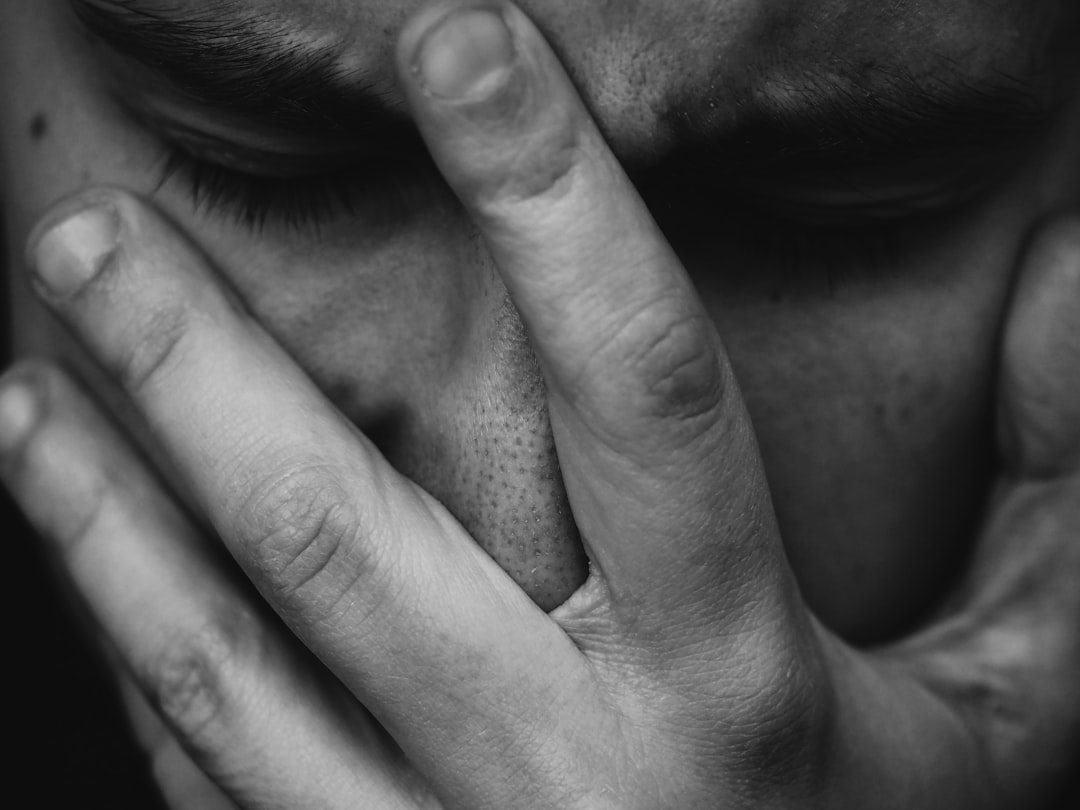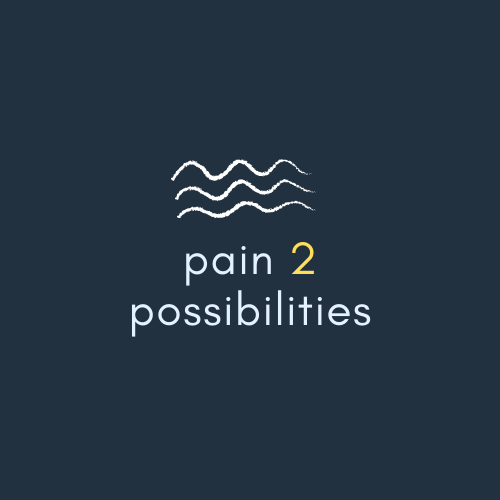
“CWTCH” (pronounced kutch, rhymes with butch). Is that even a word? What does CWTCH have to do with Chronic Pain Warriors?
I assure you it is not just a word; it is a special word with a unique meaning. It is what Chronic Pain Warriors search for. It is what Chronic Pain Warriors want and need, but it is elusive. You will soon love this strange little word.
The word CWTCH is of Welsh origin. It has several meanings all of which are warm, cozy, accepting and full of love. It is unique in that there is no English word that has the same meaning. It takes several English words to express the same sentiment and I have yet to put together a sentence that conveys the meaning accurately.
The seed I now call CWTCH was planted a long time ago. My chronic pain journey began over 20 years ago and although I could not name it, I have searched for my CWTCH ever since. I am certain that whether you realize it consciously or not, if you are a Chronic Pain Warrior, you are searching for your CWTCH to.
The first time I saw this funny little word, I was surfing the internet with no particular purpose. I stumbled across a blog written by a woman who identified herself only as “Female blogger who resides in the Welsh countryside”. I have tried to reach out to her. I would love for her to know the impact her blog post had on my life, and I would love to be able to credit the writer. Her post was written August 28, 2008, but it is truly timeless.
“What is a CWTCH?
A CWTCH is a small cozy place, a snug: in my nana’s house, a miner’s cottage in the South Wales valleys, the CWTCH is a long kind of cupboard which fills the space under the stairs. It is her larder with shelves floor to ceiling, which was, in my young eyes, full of marvelous treasures … mysterious tins and the best treasure of all – the button box. I would be allowed to bring the button box out and tip the contents on the carpeted floor in the lounge, the next hour or so would be spent sorting by size, by shade, by preference. The box was a myriad of treasures – pearl buttons, wooden buttons, pretty buttons from dolls clothes, large buttons from coats … wonderful. The CWTCH also contained a number of items which had belonged to my Grampy, whom I never met. These items – an old camera, his binoculars and a money box with combination lock were particularly revered. I remember spending days and days trying to work out the combination for the box, I eventually managed it and was so pleased to have established a link with my long passed Grampy.”Cwtch” also has another meaning. It is another kind of small place; it is the act of creating a small space between you and another. It is like a hug … but much-much better! There are degrees of CWTCH-ing. To “CWTCH-up” is to snuggle up with someone, particularly lovely on a cold Welsh winter’s night. There is just a plain old “CWTCH” much like a hug (but better), and then there’s “a-big-CWTCH”, now “a-big-CWTCH” is something special, it is a “CWTCH” but with extra gusto, it’s the kind of CWTCH you give when you haven’t seen a loved one in years, it’s the kind of CWTCH where you squeeze with all your might. What’s wonderful about CWTCH-es is they reach out, and they engage with feeling.”
I have never forgotten this word or this story. I have read this blog post 1000 times over the years and it still brings up new thoughts and emotions. It still takes me to my own carefully constructed CWTCH in my mind. It brings me comfort.
When Deana described her dream, her vision for the chronic pain community, this funny little word sprung out of me before I even realized I said it. It fits. It works. It is what she sees for Chronic Pain Warriors everywhere. It is what every Chronic Pain Warrior searches for. Let’s find your CWTCH together.
Wishing you a “CWTCH” kind of day
Barb Thornton
CWTCH Community Ambassador & Co-Creator

In 2004, when pain first invaded my body and my life, I was a patient.
Then came the merry-go-round of tests, referrals, waiting, worry, more tests, and more referrals.
During this time, I was a very impatient and frustrated patient. When it became clear that pain was a permanent fixture in my life, I wasn’t sure what I was. I was still a patient. I was still a very impatient and frustrated patient. I was now a very impatient, frustrated, unsure and frightened chronic pain patient.
But those labels just didn’t feel right.
As I stumbled through trying to figure out life with pain and reading everything that I could get my hands on, I came across the term “Chronic Pain Warrior”. That felt right. That felt better. That is what I decided I was going to be.
Looking back, I realize it was premature to give myself such a title. A warrior is not created by a single sentence uttered by a doctor – “your pain is chronic”. But that single sentence starts you on a path and gives you the choice whether to remain a very impatient, frustrated, unsure and frightened chronic pain patient or work toward becoming a warrior.
The Oxford dictionary defines a warrior as “a brave or experienced soldier or fighter”. Wikipedia describes a warrior as “a person specializing in combat or warfare, especially within the context of a tribal or clan-based warrior culture society that recognizes a separate warrior aristocracy, class, or caste”. Merium-Webster defines a warrior as “a person engaged or experienced in warfare broadly: a person engaged in some struggle or conflict.
So how do these definitions apply to me? A frustrated, unsure, and frightened chronic pain patient?
And was I suddenly and automatically a warrior? No.
By dissecting these meanings, I could put a check beside brave and fighter. I could see the parallel between a tribal or clan-based group as I looked around waiting rooms at countless doctors’ offices, physiotherapy offices and online chronic pain support groups. It was clear we were all engaged in our own warfare against our own pain.
There is no question chronic pain patients are engaged in struggle and conflict. But certain parts of the
definitions didn’t quite fit. Not yet.
Experienced? Specialized? Part of a separate warrior aristocracy, class, or caste? These words made me think. They still make me think.
I was an experienced very impatient and frustrated patient, but the chronic label was new. I had no experience yet with the chronic part. I wasn’t sure how specialized applied to my chronic pain, and I knew I needed to figure that out. I realized I was now part of a separate class of patients, some who were in the early stages of their journey and some that were veterans. I was a newbie to the community of chronic pain. I realized I was in boot camp and had a lot of work to do to be able to call myself a warrior.
I did a lot of soul searching. I was determined to be able to call myself a Chronic Pain Warrior authentically and proudly. It is a process. It is earned. It is hard work. It is dedication to continually learn. It is my turn to help others on their journey.
In every area where warriors and masters exist, past and present, there are very clear steps to reach that goal.
Karate requires 7 belts to be earned to be the equivalent of a warrior – a black belt. There are 13 ranks and many more special ranks to reach the top in the US Army. Indigenous cultures follow the hierarchy of children, regular tribe people, handicapped, Chief’s family, hunters/warriors, tribal elders, Shaman, Chief. In every case, to reach the top it is a journey, a process of continual learning and personal growth. In every case it takes hard work and dedication.
I believe this principal applies equally to becoming a chronic pain warrior.
I do not believe an acknowledgement that your pain is now chronic makes you a warrior. Your choices make you a warrior.
Everyone’s path will be different.
It takes continual learning and personal growth. It takes curiosity and
flexibility. It takes hard work and dedication. It is an emotional and physical roller coaster. It is full of losses and wins. It is carving out your best life despite the obstacles. It is learning to adjust your sails in the wind so as not to alter your course. It takes finding and accepting your village of support. It is listening and learning from those who are farther along their journey with an open mind and open heart.
In each of my next few articles I will discuss each of the steps that I believe have led me to a place in my
journey where I am fulfilled in my life, accepting of my limitations, creative in my approach to manage my pain and ready to help others achieve their best life.
I will leave you to ponder what I believe these steps are, recognizing that your path will not be the same as mine. As you think about these steps, consider how these may apply to your journey.
1) One day at a time.
2) Focus on what you can control.
3) Do not compare your journey to others.
4) Allow yourself to grieve and feel the feelings but don’t get stuck there.
5) Make time to rest and self reflect. Prioritize self care – physically and mentally.
6) Concentrate on what you CAN do and what you DO enjoy. Seek joy every day.
7) Accept that challenges and setbacks will happen.
8) Embrace fear. Be prepared. Be YOU.
9) Determine your “Why” and “For Who”.
10) Open your mind and learn. Seek reliable experienced sources of learning.
11) Practice and work hard on your strategies – practice with dedication like a warrior.
12) Live your life as a warrior from the crack of dawn to midnight.
13) Never forget there is more to you than pain.
14) Find your village, your safe place, “your CWTCH”
Wishing you a “CWTCH” kind of day
Barb Thornton
CWTCH Community Ambassador & Co-Creator









